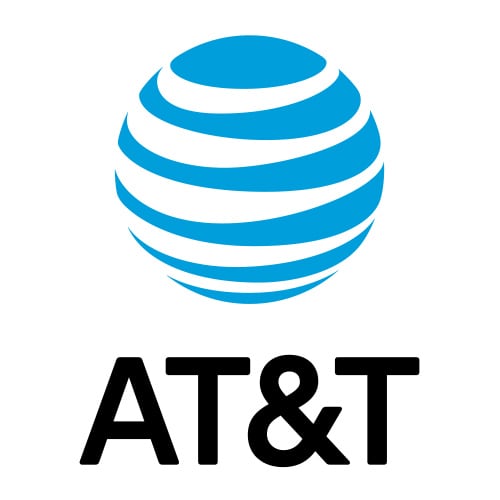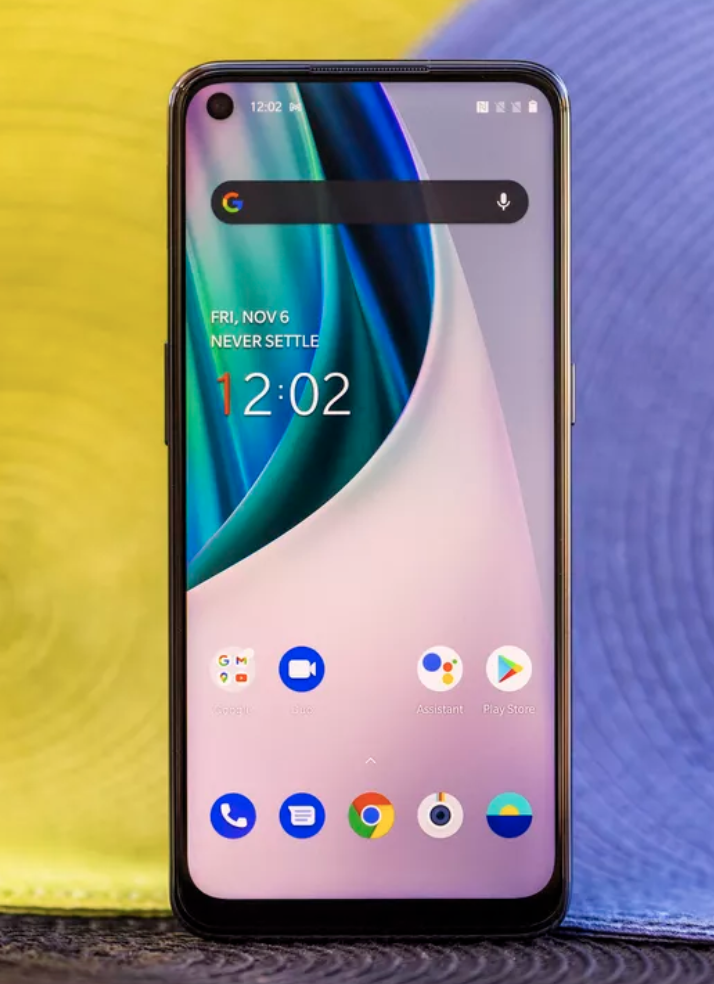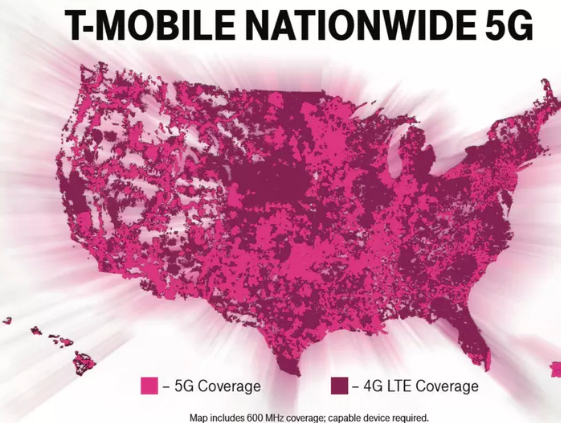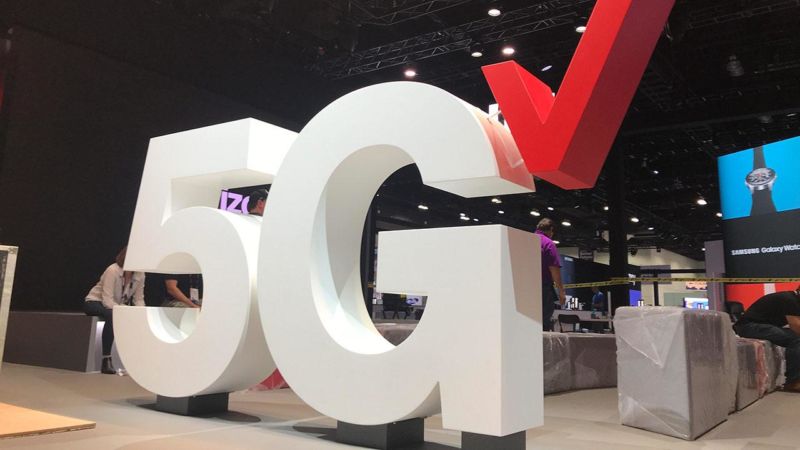
More UScellular customers in western North Carolina and parts of Tennesse can now access 5G. The new coverage includes much of Haywood County, which joins 50+ other areas in the region that already had 5G, including Buncombe, Cherokee, Clay, Henderson, Jackson, Macon, Madison, McDowell, Mitchell, Polk, Rutherford, Swain, Transylvania, and Yancey counties.
The multi-year network expansion for 5G in western North Carolina is a result of previous network investments to modernize equipment and software. US Cellular has a growing portfolio of 5G smartphones from Apple, LG, and Samsung, connected devices and IoT solutions with a range of price points for 5G customers.
“UScellular customers in western North Carolina will have access to even faster data connection speeds for a better experience on city streets, country roads and in their homes,” said Nathan Waddell, director of sales for UScellular in western North Carolina. “We encourage our new and current customers to check out the growing number of 5G smartphones and connected devices in our portfolio, so they can benefit as we expand our 5G network.”











